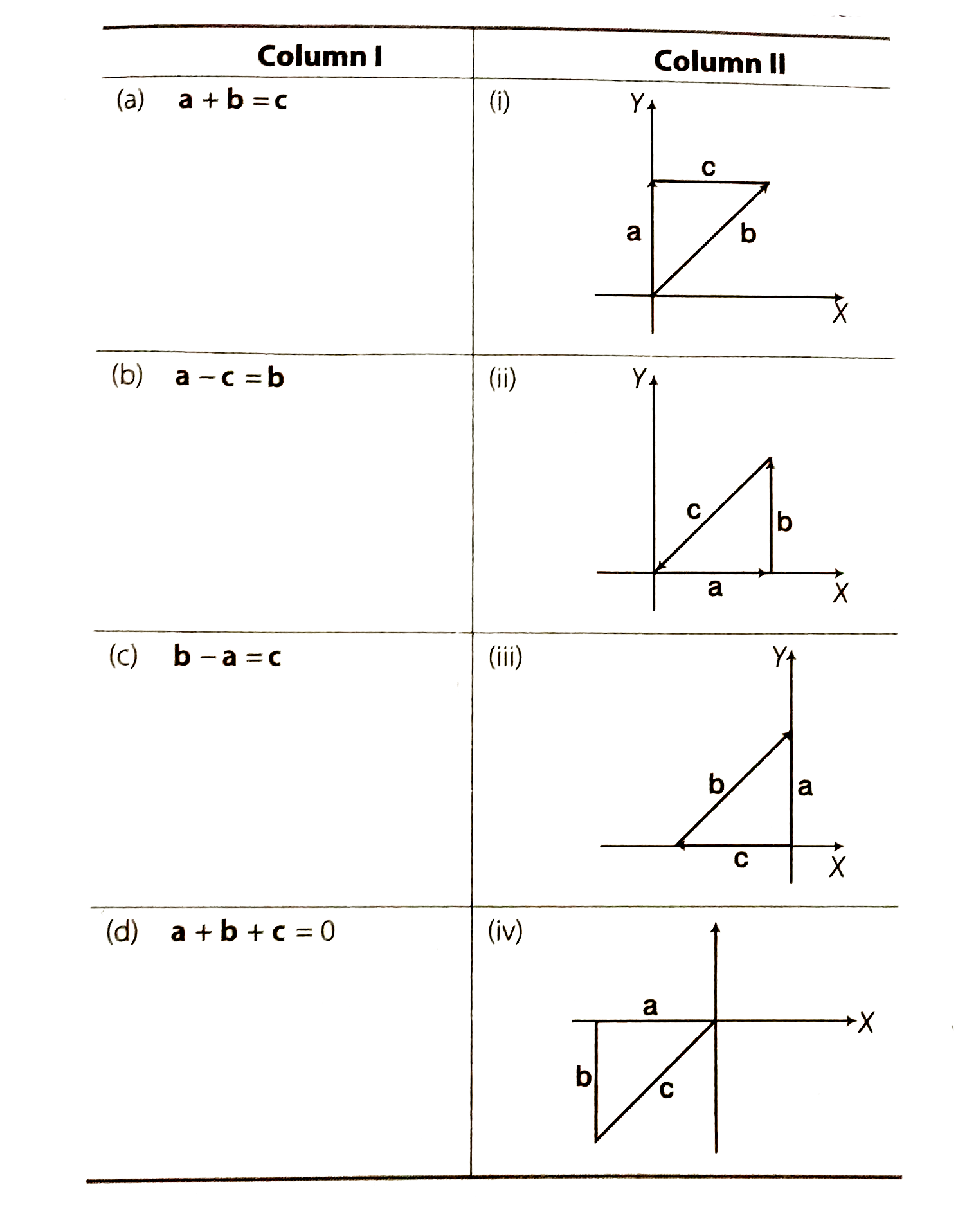Column I
I. Hyaluronidase
II. Corpus luteum
III. Colostrum
IV. Antrum
Column II
(A) Graafian follicle
(B) Mammary gland
(C) Progesterone
(D) Acrosomal reaction
I - B, II - A, III - D, IV - C
I - D, II - B, III - C, IV - A
I - D, II - C, III - B, IV - A
I - D, II - C, III - A, IV - B
The correct Answer is:C
To solve the question, we need to match the items in Column I with the correct items in Column II based on their definitions and functions. Here's the step-by-step solution:
Step 1: Identify Hyaluronidase
- Hyaluronidase is an enzyme that is involved in the acrosomal reaction. It helps in breaking down the hyaluronic acid in the zona pellucida of the egg, allowing sperm to penetrate.
- Match: I. Hyaluronidase → (D) Acrosomal reaction
Step 2: Identify Corpus Luteum
- Corpus luteum is formed from the remnants of the Graafian follicle after ovulation. It plays a crucial role in hormone production, particularly progesterone, which is essential for maintaining the uterine lining during early pregnancy.
- Match: II. Corpus luteum → (C) Progesterone
Step 3: Identify Colostrum
- Colostrum is the first milk produced by the mammary glands after giving birth. It is rich in antibodies and provides essential nutrients to the newborn.
- Match: III. Colostrum → (B) Mammary gland
Step 4: Identify Antrum
- Antrum refers to the fluid-filled cavity within the Graafian follicle. It is formed during the maturation of the follicle and is crucial for the development of the oocyte.
- Match: IV. Antrum → (A) Graafian follicle
Final Matching
Now we can summarize the matches:
- I. Hyaluronidase → (D) Acrosomal reaction
- II. Corpus luteum → (C) Progesterone
- III. Colostrum → (B) Mammary gland
- IV. Antrum → (A) Graafian follicle
Conclusion
The correct matches are:
1. I - D
2. II - C
3. III - B
4. IV - A
Correct Option
The correct answer is option 3.
---
- Hyaluronidase is an enzyme that is involved in the acrosomal reaction. It helps in breaking down the hyaluronic acid in the zona pellucida of the egg, allowing sperm to penetrate.
- Match: I. Hyaluronidase → (D) Acrosomal reaction
- Corpus luteum is formed from the remnants of the Graafian follicle after ovulation. It plays a crucial role in hormone production, particularly progesterone, which is essential for maintaining the uterine lining during early pregnancy.
- Match: II. Corpus luteum → (C) Progesterone
- Colostrum is the first milk produced by the mammary glands after giving birth. It is rich in antibodies and provides essential nutrients to the newborn.
- Match: III. Colostrum → (B) Mammary gland
- Antrum refers to the fluid-filled cavity within the Graafian follicle. It is formed during the maturation of the follicle and is crucial for the development of the oocyte.
- Match: IV. Antrum → (A) Graafian follicle
Now we can summarize the matches:
- I. Hyaluronidase → (D) Acrosomal reaction
- II. Corpus luteum → (C) Progesterone
- III. Colostrum → (B) Mammary gland
- IV. Antrum → (A) Graafian follicle
The correct matches are:
1. I - D
2. II - C
3. III - B
4. IV - A
The correct answer is option 3.
Similar Questions
Given below in Column I are the relations between vectors a,b and c and in Column II are the orientations of a, b and c in the XY - plane . Match the relation in Column I to correct orientations in Column II.
 View Solution
View SolutionColumn I
I. Acrosome
II. Leydig's cells or interstitial cells
III. Graafian follicles
IV. Hymen
Column II
(A) Ovary
(B) Vagina
(C) Sperm
(D) TestisView Solution
Knowledge Check
- Question 1 - Select One
Column I
I. Morula
II. Polyspermy
III. Implantation
IV. Prolactin
Column II
(A) Fertilization membrane
(B) Solid ball of cells
(C) Mammary gland
(D) EndometriumAI - B, II - A, III - D, IV - CBI - D, II - B, III - C, IV - ACI - D, II - C, III - B, IV - ADI - D, II - C, III - A, IV - B - Question 2 - Select One
Column I
I. Proliferative phase
II. Leydig's cell
III. Spermiogenesis
IV. Secretory phase
Column II
(A) Testosterone
(B) Estrogen
(C) Progesterone
(D) SpermatidAI - B, II - A, III - D, IV - CBI - D, II - B, III - C, IV - ACI - D, II - C, III - B, IV - ADI - D, II - C, III - A, IV - B - Question 3 - Select One
Column I
I. Acrosome
II. Endometrium
III. Polar body
IV. Clitoris
Column II
(A) Rudimentary erectile tissue
(B) Uterus
(C) Oogenesis
(D) SpermatozoanAI - B, II - A, III - D, IV - CBI - D, II - B, III - C, IV - ACI - D, II - C, III - B, IV - ADI - D, II - C, III - A, IV - B
In overy we can find
(i) primary follicle , (ii) Graafian follicle
(iiii) blood vessel , (iv) corpus luteumView SolutionColumn I
I. Urethra
II. Androgen/Testosterone
III . Lutein cells
IV. Ovary
Column II
(A) Interstitial cells
(B) Corpus luteum
(C) Passage for urine and sperms
(D) OogenesisView SolutionMatch the columns and choose the correct answer.
(a) Aldosterone (Column I) (i) Zona fasciculata (Column II) (b) DHEA (Column I) (ii) Zona glomerulosa (Column II) (c) Cortisol (Column I) (iii) Zona reticulans (Column II) (d) Adrenaline (Column I) (iv) Adrenal medulla (Column II)View SolutionIn ovary we can find:
A. Primary follicle
B. Graafian follicle
C. Blood vessel
D. Corpus luteumView SolutionMathc column I with column II and select the correct option from the codes given below.
Column IColumn IIHyaluronidase(i)Acrosomal reactioncorpus luteum(ii)MorphogeneticGastrulation(ProgesteroneCapacitation(iv)Mammary glandColostrum(v)Sperm activationView Solution

